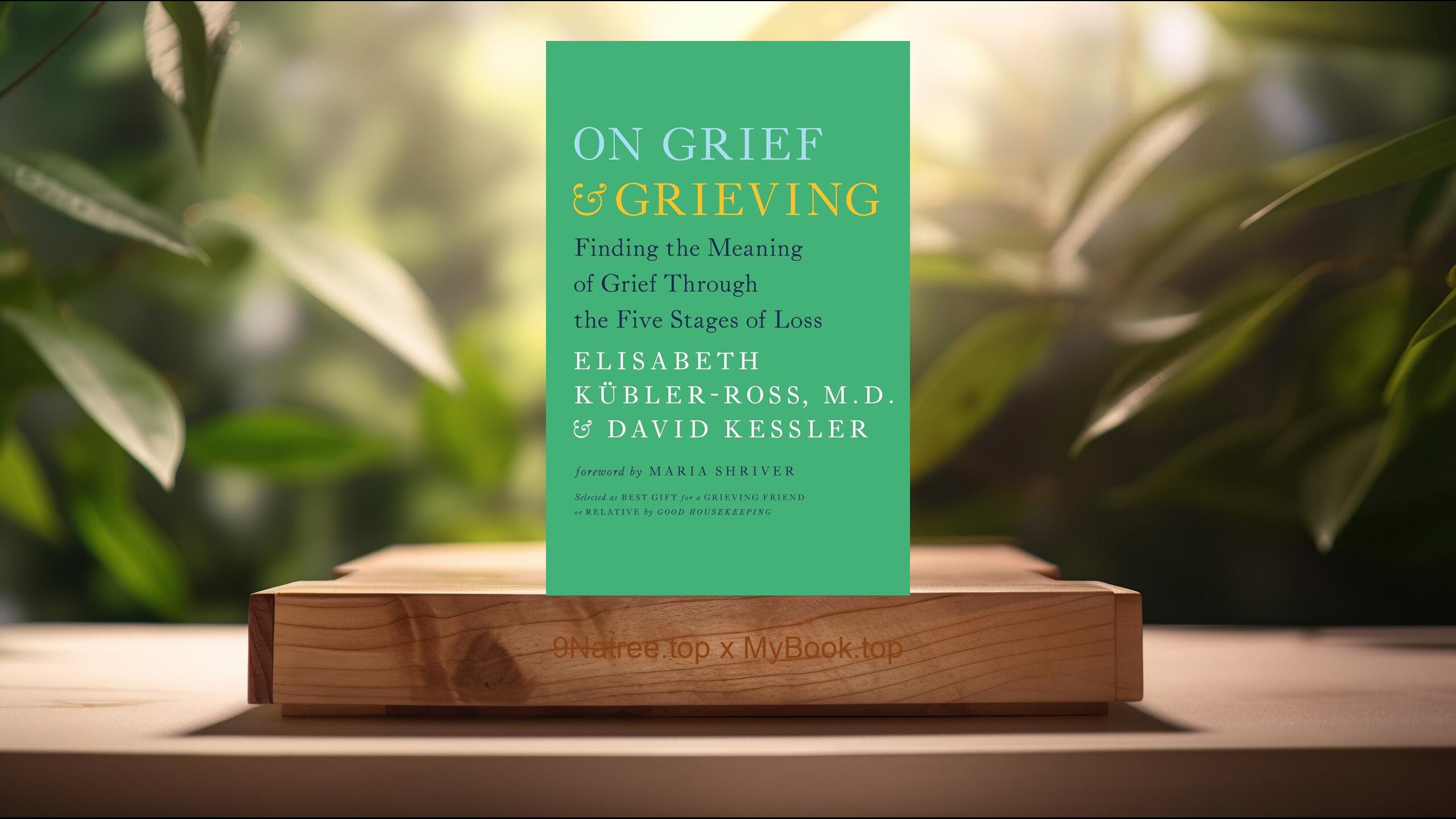Show Notes
- Amazon US Store: https://www.amazon.com/dp/B07KFLTT8B?tag=9natree-20
- Amazon Worldwide Store: https://global.buys.trade/The-Prosperity-Paradox-How-Innovation-Can-Lift-Nations-out-of-Poverty-Clayton-M-Christensen.html
- eBay: https://www.ebay.com/sch/i.html?_nkw=The+Prosperity+Paradox+How+Innovation+Can+Lift+Nations+out+of+Poverty+Clayton+M+Christensen+&mkcid=1&mkrid=711-53200-19255-0&siteid=0&campid=5339060787&customid=9natree&toolid=10001&mkevt=1
- Read more: https://mybook.top/read/B07KFLTT8B/
#Economicdevelopment #Marketcreatinginnovations #Povertyalleviation #Sustainablegrowth #Entrepreneurship #Globalimpact #Innovationstrategy #TheProsperityParadox
These are takeaways from this book.
Firstly, Market-Creating Innovations, Market-creating innovations are at the heart of 'The Prosperity Paradox.' These innovations distinguish themselves by transforming complicated and expensive products into simpler and more affordable ones, thereby making them accessible to a vast new segment of the population. These aren’t just incremental improvements but are innovations that create entirely new markets. They serve as a catalyst for economic development by drawing people into the economy as consumers and producers, which in turn stimulates broader economic growth. Examples include mobile phones in Africa, which have not only provided communication services but also created new markets for digital banking, education, and healthcare services. These innovations lead to job creation, increase in incomes, and improvement in the overall standard of living, demonstrating how focusing on market creation can be a more effective way of lifting nations out of poverty than traditional aid-focused models.
Secondly, The Limitations of Traditional Aid, Traditional aid, while well-intentioned, often fails to lead to sustainable economic growth and poverty alleviation, according to 'The Prosperity Paradox.' The book critically examines how foreign aid can sometimes create dependency, undermine local entrepreneurship, and fail to address the root causes of poverty. By focusing primarily on problems rather than leveraging opportunities for innovation, traditional aid can stifle economic innovation and leave countries stuck in a cycle of poverty. Christensen highlights that despite billions of dollars in aid invested in developing countries, the expected levels of economic growth and improvement in living standards have often not materialized. The book advocates for a shift in perspective: from aid that provides immediate relief to strategies that foster long-term prosperity through innovation and market creation.
Thirdly, The Role of Entrepreneurs and Enterprises, Entrepreneurs and enterprises play a crucial role in driving economic growth through market-creating innovations, as emphasized in 'The Prosperity Paradox.' The book argues that these agents of change are the ones who can identify opportunities for innovation that meet unfulfilled needs in the market. By doing so, they not only build profitable businesses but also contribute to job creation and economic development. The authors argue that supporting entrepreneurship and creating an enabling environment for businesses to grow are essential for sparking economic transformations. Policies and investments should, therefore, focus on encouraging innovation, reducing barriers to business creation, and facilitating access to capital. Success stories from countries that have fostered an entrepreneurial culture underscore the argument that nurturing entrepreneurship and innovation can lead to significant economic progress and poverty reduction.
Fourthly, The Importance of Contextual Understanding, An essential aspect covered in 'The Prosperity Paradox' is the importance of contextual understanding in driving sustainable economic development. The authors argue that innovators and policymakers must have a deep understanding of the local culture, needs, and economic conditions to implement successful market-creating innovations. This understanding enables the creation of products and services that are not only economically viable but also socially and culturally relevant, ensuring better adoption and impact. Case studies within the book demonstrate how solutions that work in one context might not be successful in another, underscoring the necessity for localized strategies rather than one-size-fits-all approaches. By prioritizing local knowledge and adapting innovations to meet specific community needs, it is possible to overcome barriers to market creation and achieve lasting prosperity.
Lastly, The Global Impact of Innovations, The global impact of market-creating innovations, highlighted in 'The Prosperity Paradox,' extends beyond just economic benefits. These innovations can lead to improvements in healthcare, education, and quality of life, contributing to the overall well-being of societies. For instance, access to affordable mobile phones has enabled remote communities to access education and health services, reducing inequalities and improving life outcomes. The environmental impact of such innovations is also significant, as they often lead to more sustainable consumption patterns and the efficient use of resources. By fostering an ecosystem that encourages innovation, countries can address not only economic challenges but also social and environmental issues, leading to holistic development and prosperity. Christensen's analysis underscores the transformative power of innovation in solving complex global problems and achieving sustainable progress.
![[Review] The Prosperity Paradox: How Innovation Can Lift Nations out of Poverty (Clayton M. Christensen) Summarized](https://episodes.castos.com/660078c6833215-59505987/images/1888736/c1a-085k3-471qd9nocmqk-1xreq4.jpg)




